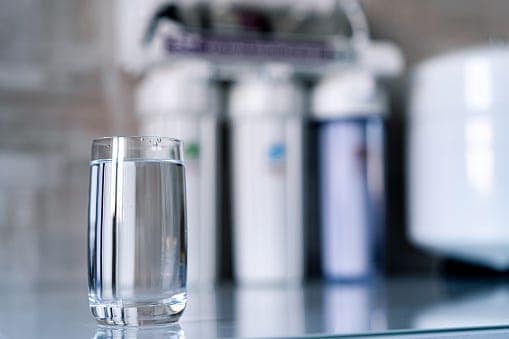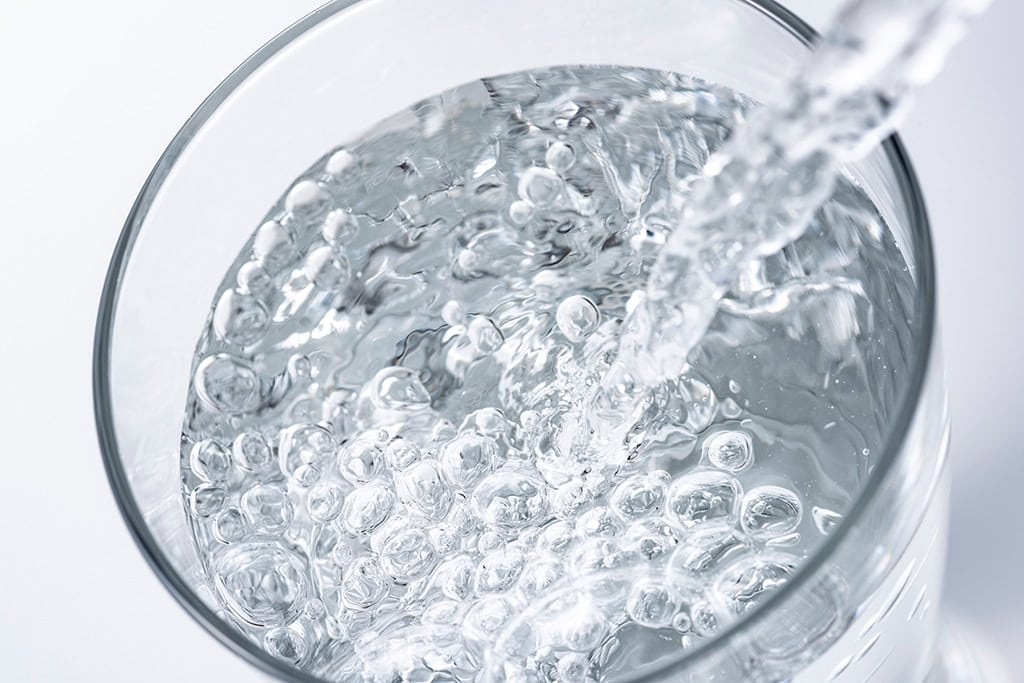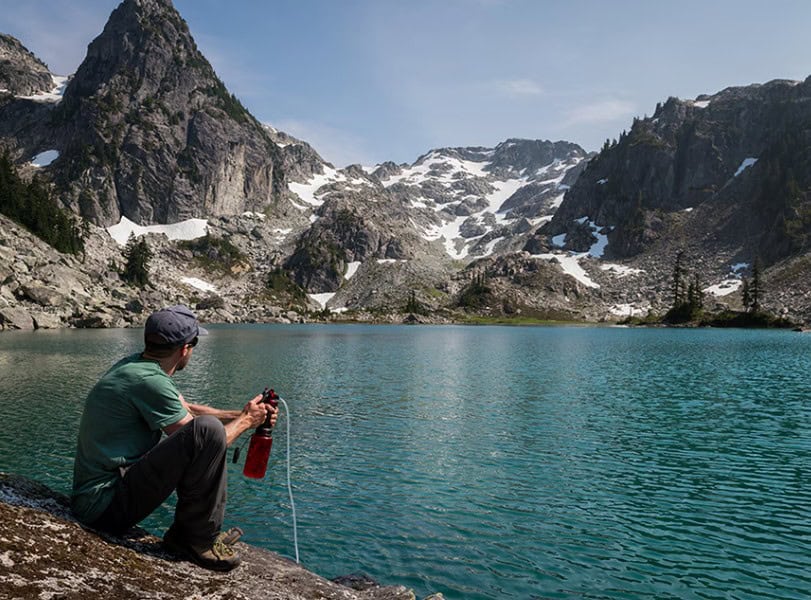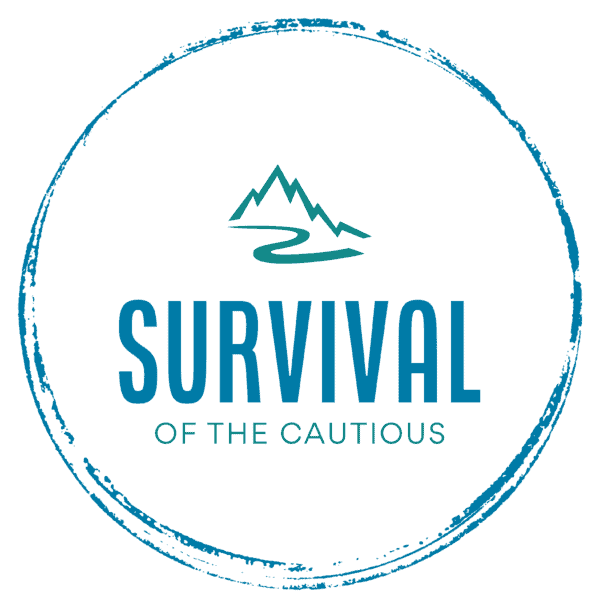Emergency Water Purification: 5 Methods To Ensure Safe Drinking Water

In times of crisis, knowing how to purify water quickly can be a game-changer. From boiling to filtration, various emergency water purification techniques exist to turn contaminated water into a safe drinkable source. Whether you’re camping in the wild or facing a natural disaster, these methods offer a stark contrast between staying hydrated and risking waterborne illnesses. Understanding these techniques could mean all the difference when clean water is scarce. Stay prepared and informed with these essential skills at your disposal.
Understanding Water Purification
Importance
Water purification is crucial for removing contaminants and making water safe to drink. It ensures water disinfection, preventing the spread of waterborne diseases.
Purification methods vary, including boiling, chemical treatment, filtration, and distillation. Each method targets specific contaminants to ensure safe drinking water.
Boiling
Boiling water is one of the simplest and most effective water purification techniques. By bringing water to a rolling boil for at least one minute (or longer at higher altitudes), harmful pathogens are killed, making the water safe to consume.
- Pros:
- Kills most types of pathogens effectively.
- Requires minimal equipment and resources.
- Cons:
- Time-consuming process.
- Does not remove chemical pollutants or sediment.
Chemical Treatment
Chemical treatments like chlorine or iodine tablets are commonly used for water disinfection in emergencies. These chemicals kill bacteria, viruses, and parasites present in untreated water.
Chlorine dioxide tablets are lightweight, easy to use, and highly effective in killing a broad spectrum of microorganisms within 30 minutes.
Choosing Safe Water Sources
Identifying Clean Water
When searching for drinking water in emergency situations, look for clear water sources like streams, rivers, or lakes. Avoid water with a strange color or odor.
Disinfecting Water Sources
To ensure the water supply is safe to drink, use sodium hypochlorite or chlorine solution. Add a few drops of the solution per liter of water and let it sit for 30 minutes before consuming.
Importance of Bottled Water
In emergencies, having bottled water in your survival kit can be crucial. Bottled water is typically free from toxic chemicals that may contaminate other water sources.

Basic Purification Techniques
Boiling Water
Boiling water is one of the oldest and most effective methods for purifying water. Simply bring the water to a rolling boil for at least one minute.
Using Bleach Products
To purify water using bleach, you can use liquid bleach that contains 5.25-6% sodium hypochlorite. Add 8 drops of bleach per gallon of water, mix well, and let it stand for 30 minutes before consuming.
Purification Tablets
Purification tablets are convenient and effective in treating water for drinking. Follow the instructions on the package to ensure proper disinfection.
Filtration with Clean Cloth or Coffee Filter
Filtering water through a clean cloth or coffee filter can help remove visible impurities. This method is useful before applying other purification techniques.
Chlorine Tablets
Chlorine tablets are another option for treating contaminated water. They are portable and easy to use, making them ideal for emergency situations.
Advanced Purification Methods
UV Light
UV light is one of the ways to purify water effectively. This method utilizes ultraviolet radiation to eliminate harmful microorganisms. When water passes through a chamber exposed to UV light, the DNA of bacteria, viruses, and other pathogens is disrupted, rendering them inactive. UV systems are commonly used in households, industries, and municipal water treatment plants for their efficiency in destroying various contaminants.
Filtration Systems
Filtration systems are another advanced technique for purifying water. These systems work by passing water through a series of filters that trap impurities such as sediments, chemicals, and microbes. Different types of filters like activated carbon, reverse osmosis membranes, and ceramic filters target specific contaminants to ensure clean drinking water. Filtration systems are versatile and can be tailored to address different water quality issues based on the specific needs of users.
Selecting the Right Purification Method
Evaluating Water Sources
When deciding on an emergency water purification method, first assess your water sources. Consider whether it’s from a natural source like rivers, lakes, or wells.
Considering Contaminants
Understand the potential contaminants present in the water. Different methods target specific contaminants. For instance, chemical formulas might be effective against certain pollutants.
Matching Techniques to Needs
Select a purification method that aligns with your needs and capabilities. Some methods require specialized equipment, while others can be improvised using basic materials.
Prioritizing Efficiency
Efficiency is crucial during emergencies. Opt for methods that provide quick results without compromising effectiveness. Prioritize techniques that are easy to implement and maintain.
Final Remarks
In a crisis, knowing how to purify water can be a lifesaver. By understanding the purification methods available, choosing safe water sources, and selecting the right technique, you can ensure access to clean drinking water. Remember, whether using basic or advanced methods, the goal remains the same: to safeguard your health and well-being.
Now that you are equipped with knowledge about emergency water purification techniques, take action. Prepare an emergency kit with the necessary supplies, educate your loved ones on these methods, and stay informed about water safety. Your proactive approach today could make all the difference tomorrow.

Frequently Asked Questions
How important is it to understand water purification techniques?
Understanding water purification techniques is crucial for ensuring safe drinking water in emergency situations. It helps you make informed decisions about selecting the right purification method based on available resources and the level of contamination.
What are some basic water purification techniques that can be used in emergencies?
Basic purification techniques like boiling, using chlorine or iodine tablets, and filtration with a clean cloth or portable filter can effectively remove contaminants from water. These methods are simple, cost-effective, and widely accessible during emergencies.
When should one consider using advanced purification methods for water treatment?
Advanced purification methods such as distillation, UV treatment, or chemical disinfection are recommended when dealing with highly contaminated water sources or specific pathogens like viruses. They provide an extra layer of protection and ensure comprehensive removal of harmful substances.
How can one select the most suitable water purification method during an emergency?
To select the right purification method, consider factors such as the type and level of contamination in the water source, available resources (like fuel or chemicals), time constraints, and personal health considerations. Match these factors with the most appropriate technique for effective results.
Why is choosing safe water sources essential for successful water purification?
Selecting safe water sources free from contaminants like chemicals, sewage, or industrial waste minimizes the risk of illness and simplifies the purification process. Clean water sources reduce the need for extensive treatment methods and help maintain the quality of drinking water during emergencies.






